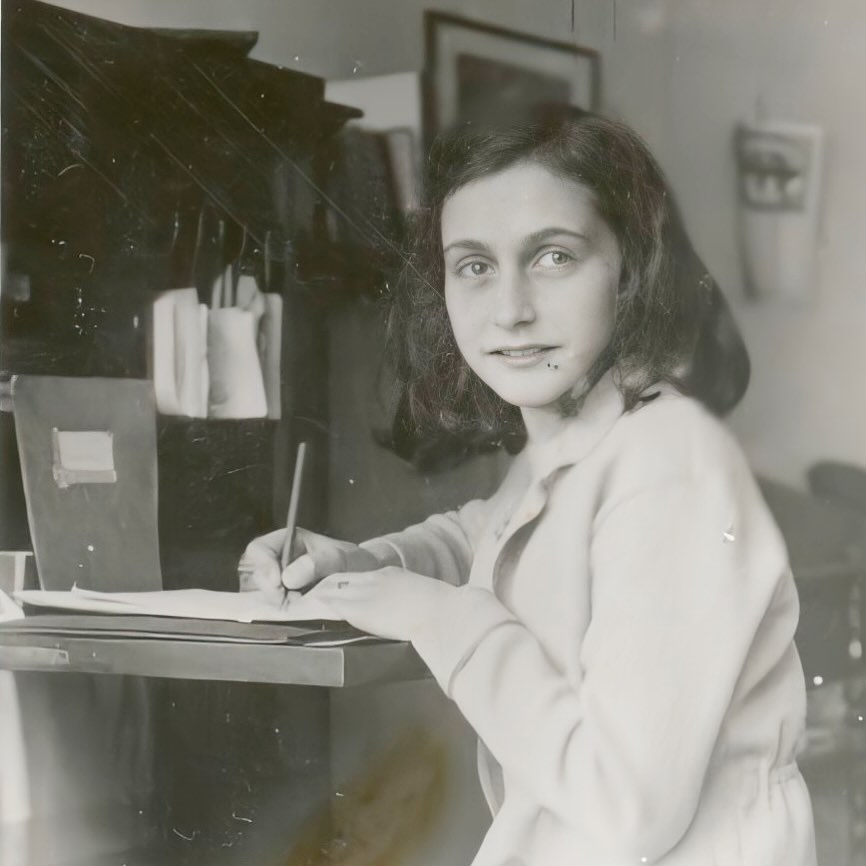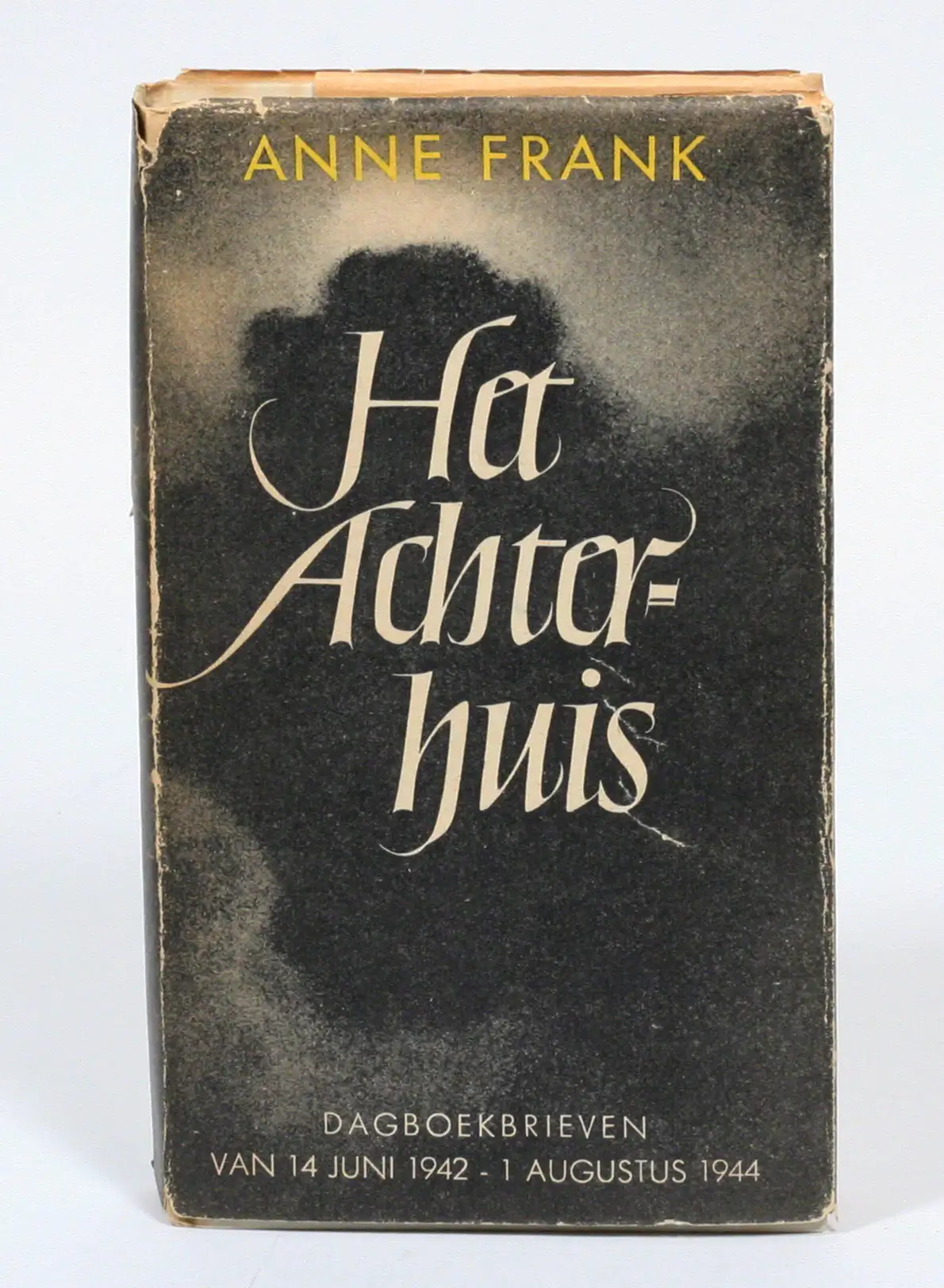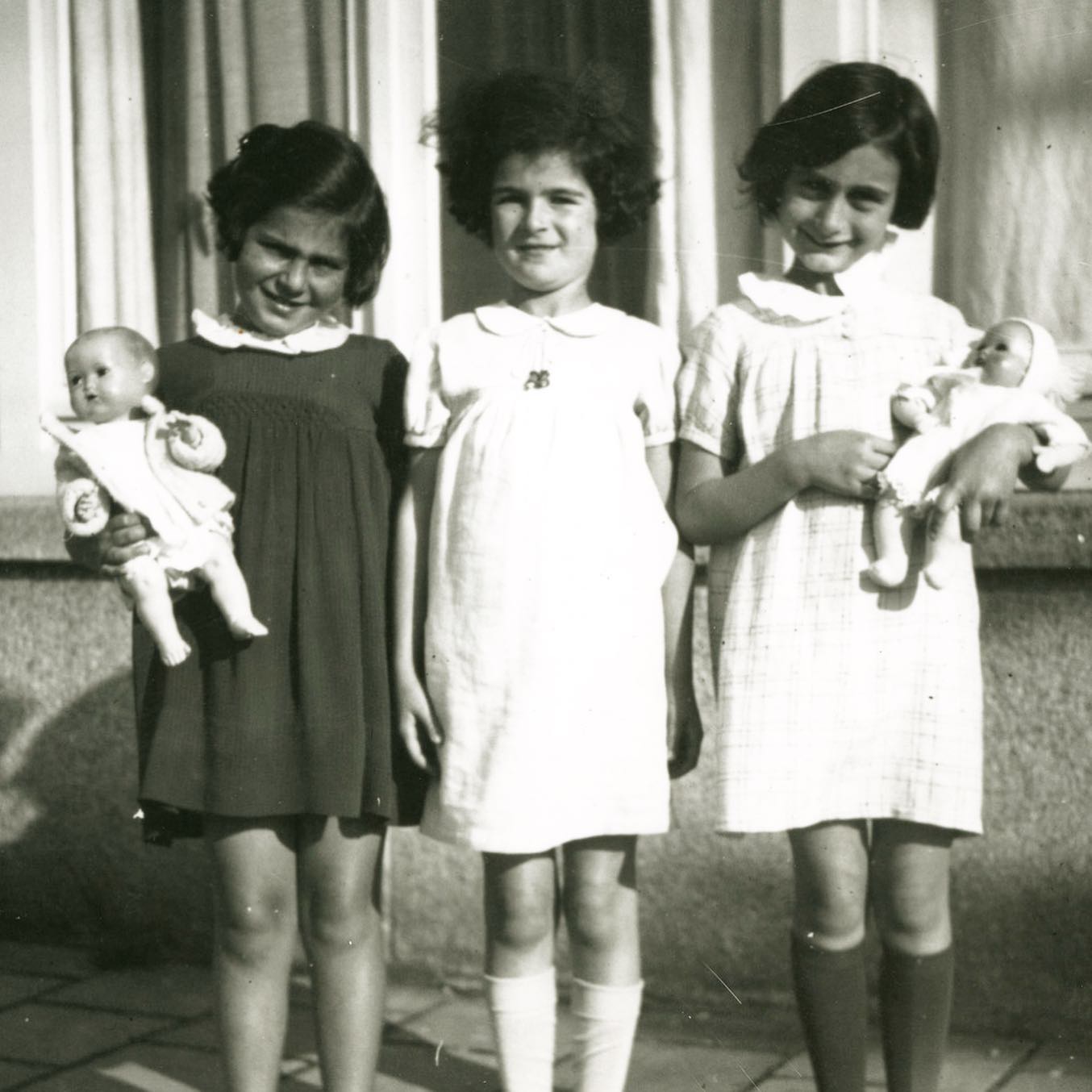The Diary That Became a Book

On March 29, 1944, a small piece of news from a radio broadcast sparked a monumental idea in the mind of a teenage girl. The Dutch Cabinet Minister, Mr. Bolkestein, announced that after the war, a collection of diaries and letters would be made to document the war years. For Anne Frank, this wasn’t just a historical project; it was a personal call to action.
“Of course, everyone pounced on my diary,” she wrote, a line that perfectly captures the surge of hope and excitement she felt. This wasn’t just her private journal anymore. It was a potential contribution to history. Anne immediately began to envision a future for her words, dreaming of turning her diary into a publishable novel. She even had a title in mind: “Het Achterhuis” (The Secret Annex). She joked that the title alone would make people think it was a detective story, a playful and brilliant observation that showed her writer’s mind at work, even in the most desperate of circumstances.

This entry is a beautiful testament to the power of hope and the resilience of the human spirit. In a place where every day was a struggle for survival, Anne Frank was dreaming of a future, not just of freedom, but of literary success. She was a girl in a hidden annex, but she saw herself as a future writer, a journalist, a published author.
Anne’s diary was never just about herself. It was her way of making sense of the world, of recording the events she was witnessing, and of holding on to a sense of purpose. Her words, born from a desperate situation, became a voice for an entire generation. And in the end, her dream came true. Her diary was published, just as she had hoped, and the world got to read the remarkable story of the girl who wanted to be a writer and, in her short life, became one of the greatest of them all.
